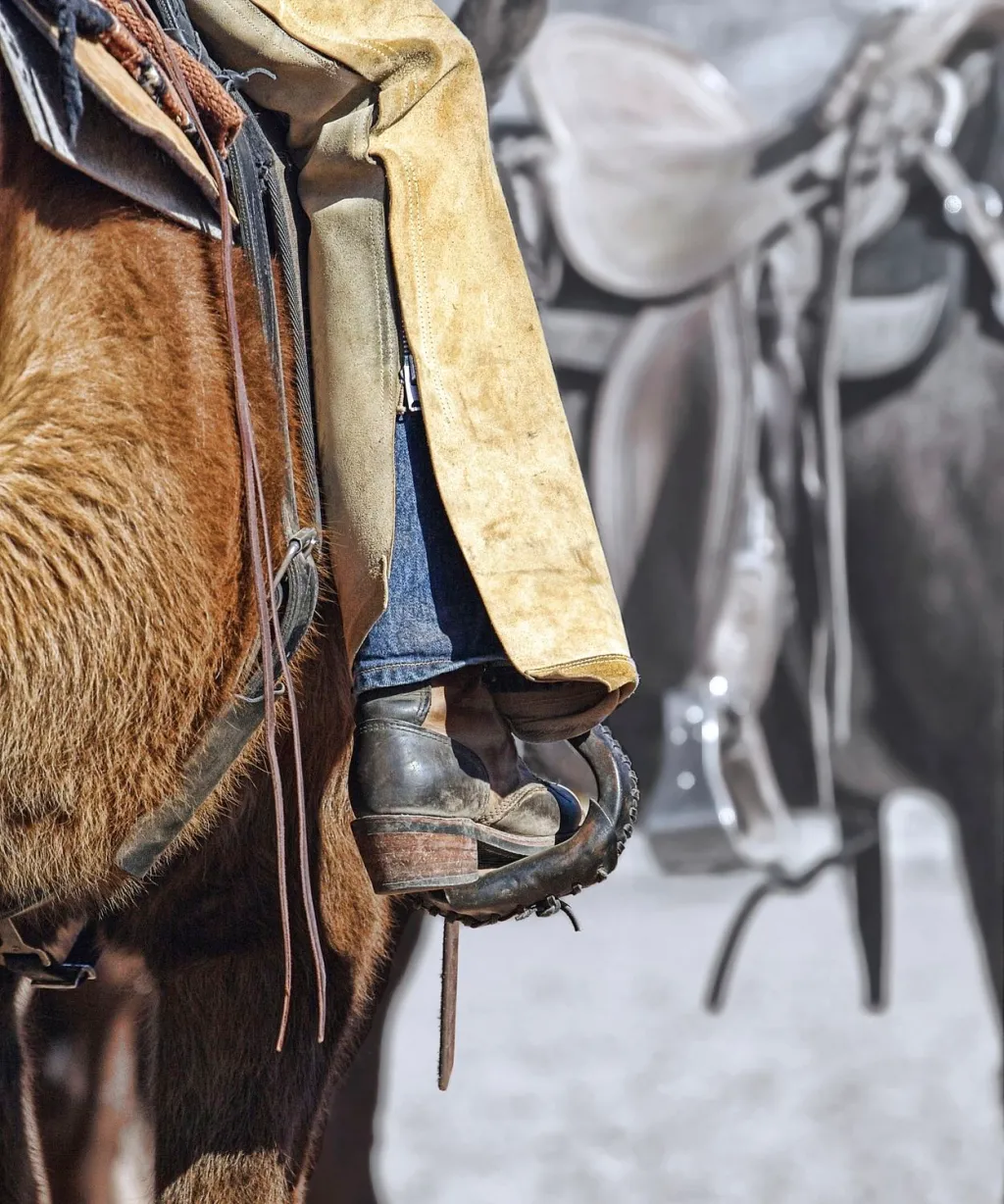I learned about maintaining factors during my speech pathology studies and I instantly related it back to what I have learned as a therapeutic riding instructor. Maintaining factors are elements of an individual and/or disability that contribute to the maintenance of a problem. To put this in a therapeutic riding context, maintaining factors refer to what the client already possesses that may challenge the basic riding lesson. These factors can include cognitive, sensorimotor, psychosocial and/or linguistic deficits.
A client with tight hips may not be able to sit astride a wide horse. A different horse or different position may be needed for the person. A client on the autism spectrum may not look at the instructor when getting directions. A client with a sensory disorder may need to wear gloves, or may not be able to be touched. A client who is colorblind may use letters instead of colors for directions. All of these are maintaining factors that need to be considered for lesson planning.
In order to have a successful lesson, what does the client need? This should be a question every instructor asks when planning a lesson. What does the client already possess that may impact processing, motor planning, and body awareness? How can the lesson be adapted for those needs?
Here is a quick example of incorporating maintaining factors into a lesson with a client or clients who have difficulty with motor planning, lack body awareness, possess a slower processing time, and are mobile and verbal.
Give clients directions one at a time, allow ~30 seconds of processing time then ask client(s) to repeat instruction. Conduct a lesson that involves reaching and grabbing an item to work on motor planning, but be aware of where a client is reaching. With difficulty motor planning, an object might want to be placed on a solid object (or the horse) in order to better reach and grab for it, rather than holding it in air. Be aware of a client’s visual field and bilateral movement to determine if a client has a full visual field and can/will cross the body.
Narrate body actions, when possible, to draw attention to body awareness. Give an instruction: “Tap your left hand on your left shoulder” then narrate what is happening “nope, that’s your right hand. This is your left hand, tap like this” (use visual/physical prompts if needed). This is a great place to bring the horse in too. Either by having the client touch specific areas of the horse (e.g., hands on withers, hold the mane, pat the shoulder) or by narrating the horse’s actions: “his ears are foward”, “she stopped walking”, etc.
Is this helpful? Do you think you can include this in your future lesson planning? I’d love to hear your thoughts below!

Leave a comment